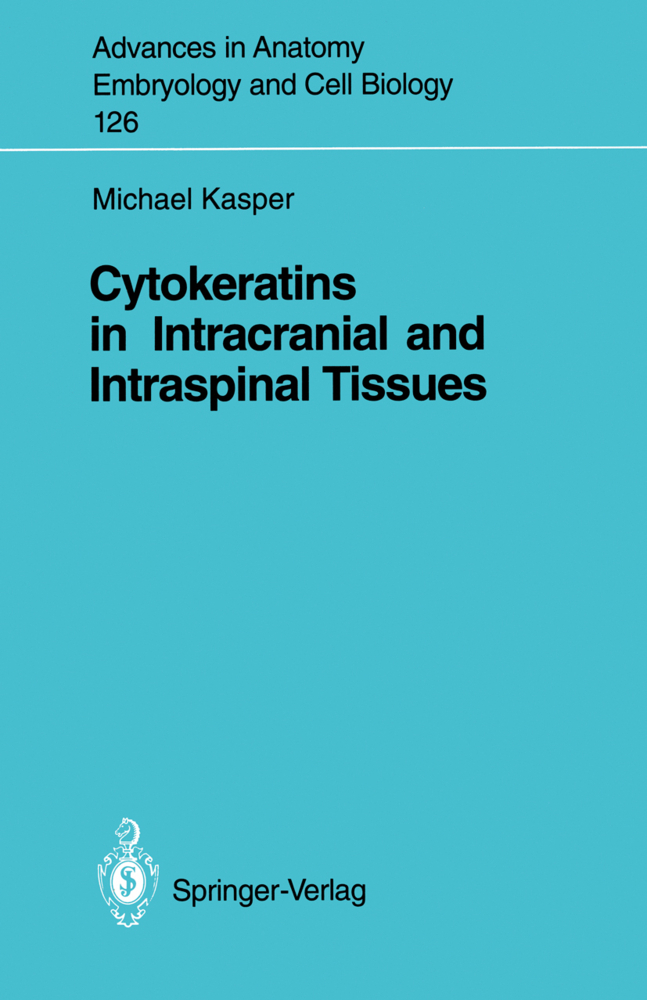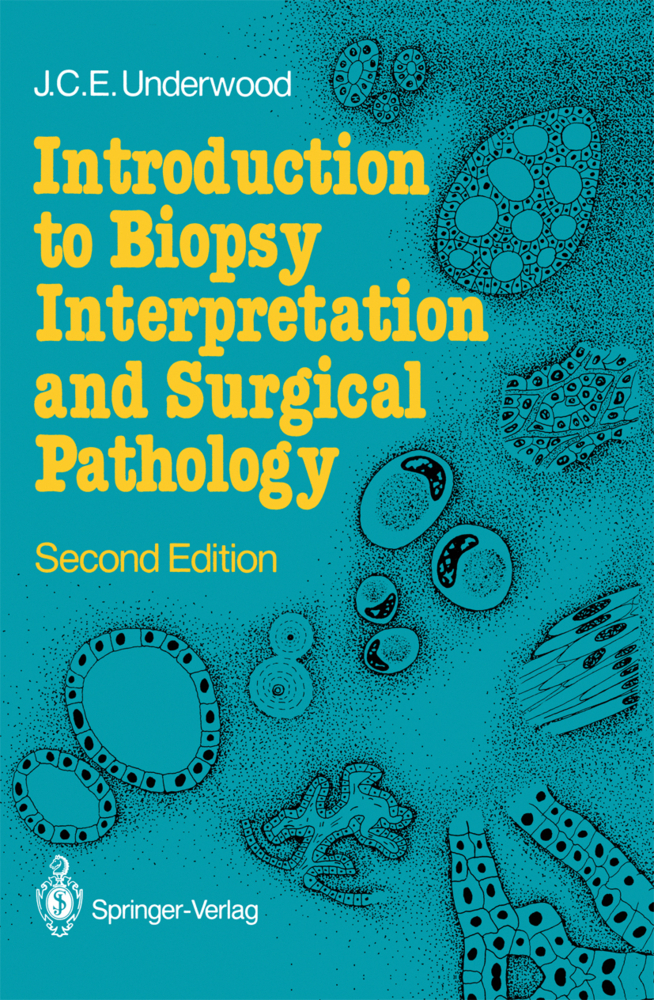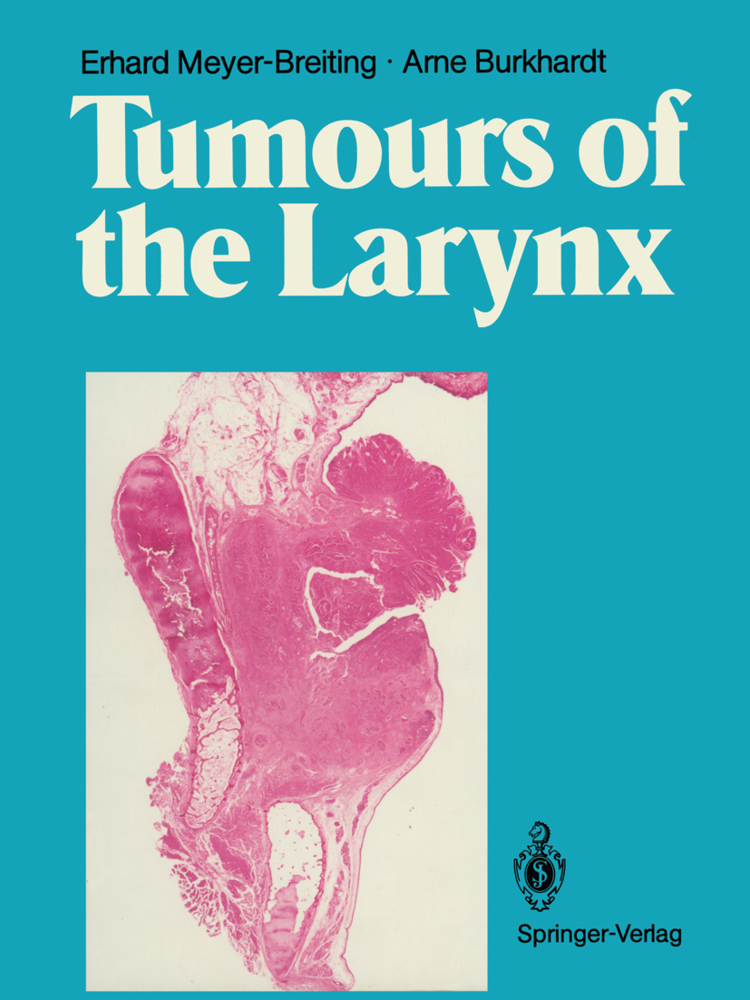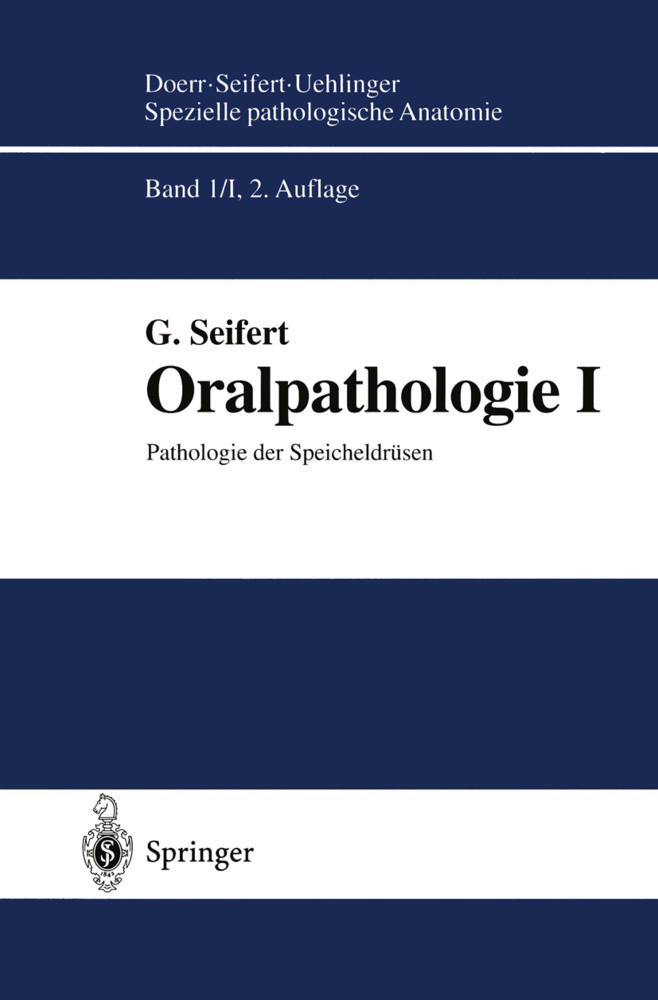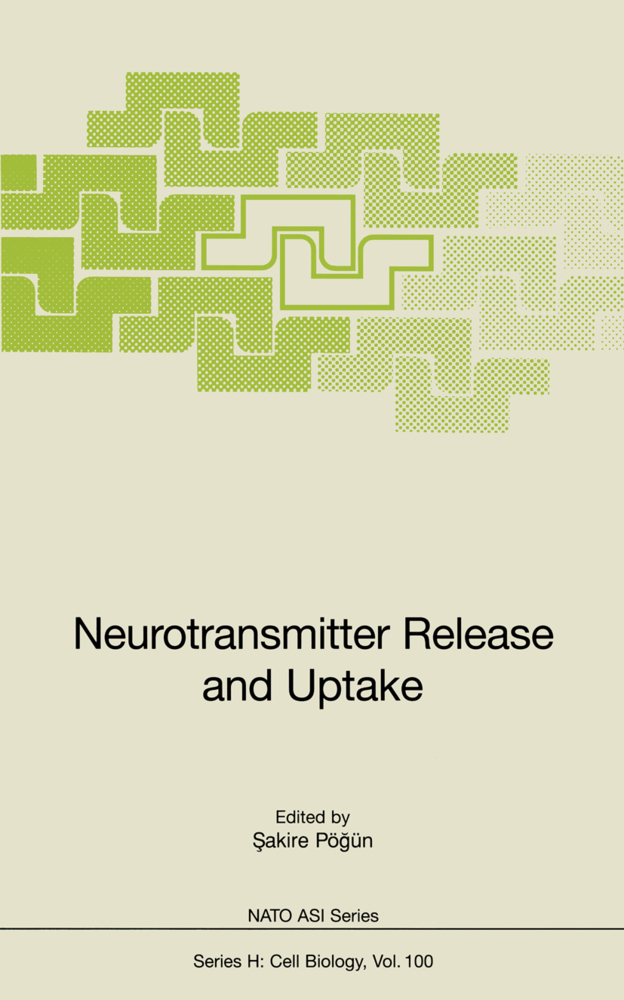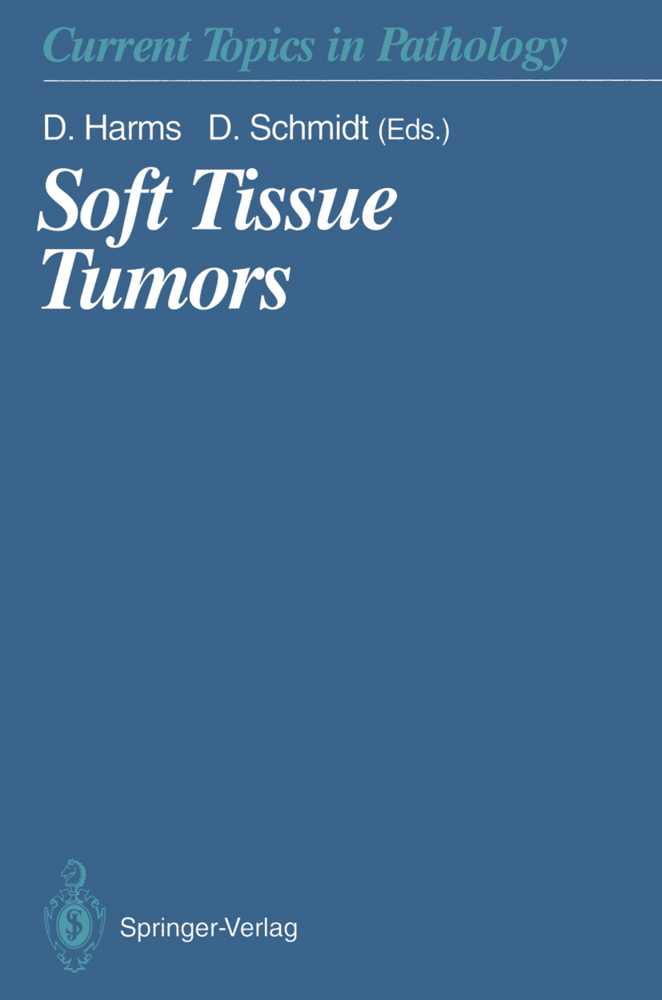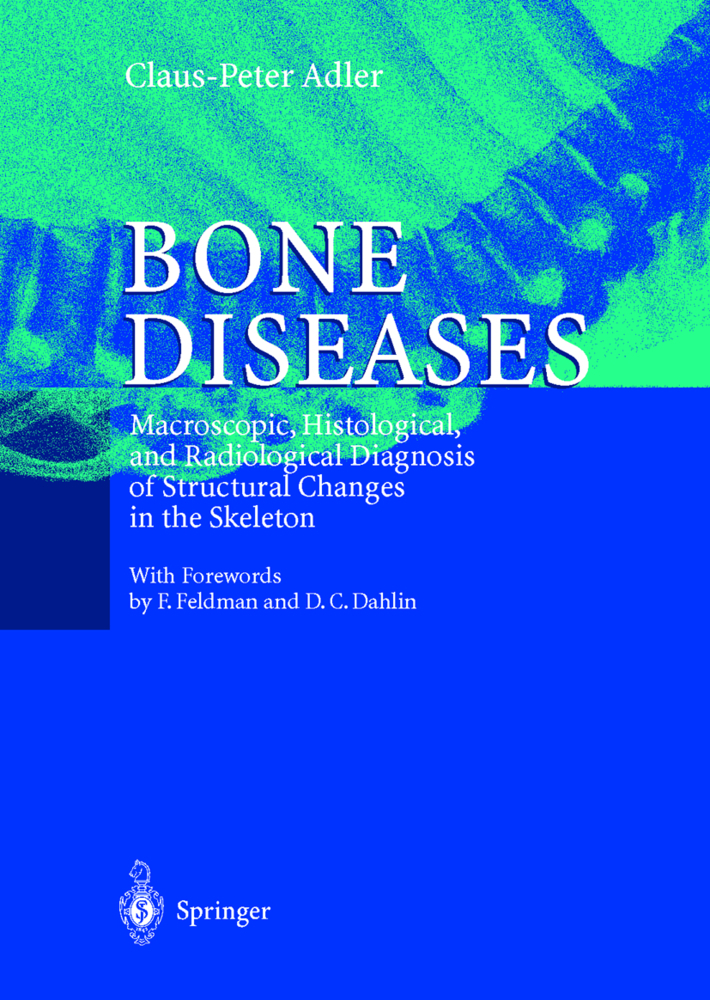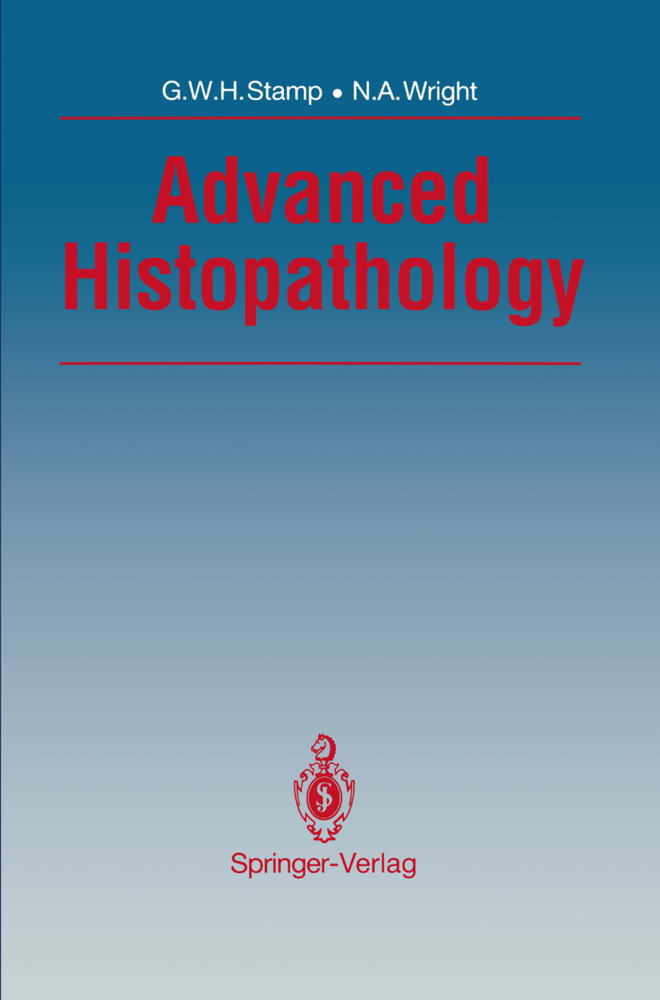Cytokeratins in Intracranial and Intraspinal Tissues
Cytokeratins in Intracranial and Intraspinal Tissues
1. 1 The Cytokeratins as a Member of the Intermediate Filament Protein Family Intermediate filaments together with microtubules and actin microfilaments make up the filamentous cytoskeleton found in the cytoplasm of vertebrate cells. Recently, intermediate filament proteins have also been described in invertebrates, but their chemistry is not yet known (for review see Biessmann and Walter 1989). These filaments (about 10 nm in diameter) used to be categorized into five classes - cytokeratin, vimentin, desmin, glial fibrillary acidic protein (GFAP), and neurofilaments (NFs). The expression of these proteins follows differentiation-dependent rules: cytokeratins occur in epi thelial cells, NF proteins are expressed in neurons, GFAP in astrocytes and some nonglial cells, desmin in smooth muscle cells and in striated myocytes, and vimentin in mesenchymal cells (for review see Lazarides 1980; Osborn and Weber 1983). Recent investigations including deoxyribonucleic acid (DNA) and protein sequencing and peptide mapping have redefined the intermediate filaments into five types or subfamilies (type I, acidic cytokeratins; type II, basic cytokeratins; type III, vimentin, desmin, peripherin, and GFAP; type IV, the three NF proteins; and type V, the nuclear lamins (for review see Nagle 1988). A new type VI intermediate filament protein, nestin, has been described in the developing nervous system (Lendahl et al. 1990), and is initially co expressed with vimentin in neuroepithelial stem cells (Steinert and Liem 1990). The cytokeratins are the most complex subgroup of intermediate filament proteins.
1.2 Coexpression of Intermediate Filaments
1.3 The Aim of This Study
2 Methodological Aspects
3 Fetal Development of Neuroectodermal Structures
4 Choroid Plexus and Ependyma
5 The Subcommissural Organ
6 Ciliary and Retinal Pigment Epithelia of the Eye
7 Heterogeneity in the Immunolocalization of Cytokeratin-Specific Monoclonal Antibodies in Neuroectodermal Structures
8 The Arachnoidea
9 Pituitary Gland Epithelia and Adenomas
9.1 Endocrine Cells and Pituitary Adenomas
9.2 Folliculostellate Cells and Rathke's Cysts
10 Cytokeratin in Glial Cells and in Tumors of Glial Origin
11 Cytokeratins in Nerve Cells
12 Neural Crest Derivatives
13 Cytokeratin Expression in Tumors of Neuroectodermal Origin
14 Implications on Cell Function and Differentation
15 Conclusions
16 Summary
Refference
Note Added in proof.
1 Introduction
1.1 The Cytokeratins as a Member of the Intermediate Filament Protein Family1.2 Coexpression of Intermediate Filaments
1.3 The Aim of This Study
2 Methodological Aspects
3 Fetal Development of Neuroectodermal Structures
4 Choroid Plexus and Ependyma
5 The Subcommissural Organ
6 Ciliary and Retinal Pigment Epithelia of the Eye
7 Heterogeneity in the Immunolocalization of Cytokeratin-Specific Monoclonal Antibodies in Neuroectodermal Structures
8 The Arachnoidea
9 Pituitary Gland Epithelia and Adenomas
9.1 Endocrine Cells and Pituitary Adenomas
9.2 Folliculostellate Cells and Rathke's Cysts
10 Cytokeratin in Glial Cells and in Tumors of Glial Origin
11 Cytokeratins in Nerve Cells
12 Neural Crest Derivatives
13 Cytokeratin Expression in Tumors of Neuroectodermal Origin
14 Implications on Cell Function and Differentation
15 Conclusions
16 Summary
Refference
Note Added in proof.
Bauer, Michael
| ISBN | 978-3-540-55161-4 |
|---|---|
| Artikelnummer | 9783540551614 |
| Medientyp | Buch |
| Copyrightjahr | 1992 |
| Verlag | Springer, Berlin |
| Umfang | VI, 82 Seiten |
| Abbildungen | VI, 82 p. 22 illus. |
| Sprache | Englisch |

